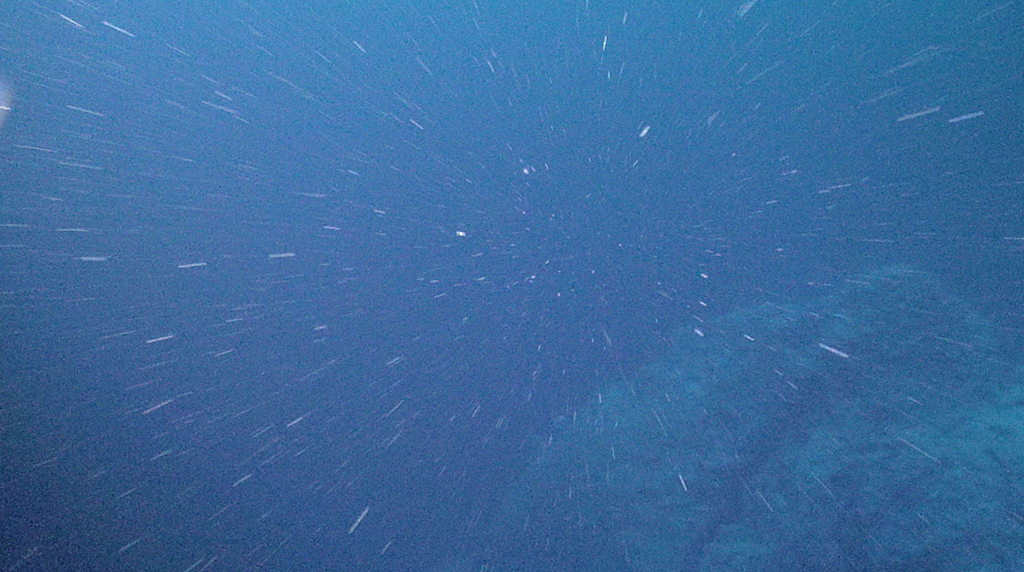March 07, 2019
Acetate is a volatile fatty acid and an important intermediate step in organic matter mineralization. The cycling of acetate in marine sediments is well understood - as organic matter decomposes in low oxygen sediments, acetate is oxidized. However, the process by which this occurs in the water column is not well understood, and the latest research by ECOGIG scientists, available online here, sought to understand the importance of acetate as a carbon and energy source for microbial communities in the Northern Gulf of Mexico.
The researchers looked at acetate consumption at a coastal site (Taylor Energy) and an offshore seep site (GC600). To do this, they developed a unique radiotracer method to measure how much acetate was turned into biomass (used as a carbon source) as well as how much acetate was converted to CO2 (used as an energy source). They discovered that the incorporation of acetate into biomass was approximately thirty times higher at the coastal site than the offshore site, signifying that the role of acetate as a carbon source was more important in nutrient-rich coastal waters than oceanic waters.
The primary consumer of this acetate were bacteria - in particular one known as SAR11 Alphaproteobacteria. A variety of other bacteria were also present and may use the acetate as a food source as well. This research reveals a potentially significant role of acetate for dissolved organic carbon cycling in the ocean, and helps to narrow the current knowledge gap that exists about acetate as an energy source in the oceanic water column.
This research is just one of many recent papers by our dynamic research duo (Guang-Chao and Andy) - read more about them, and see what other research they've published recently at our publications page!


















 back to top
back to top